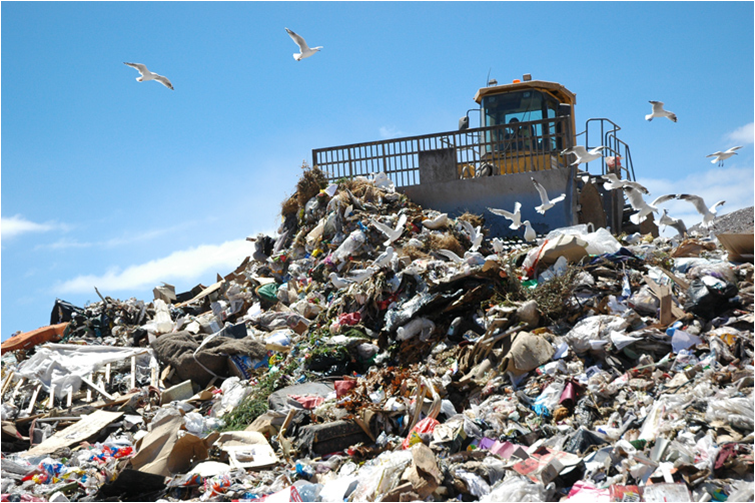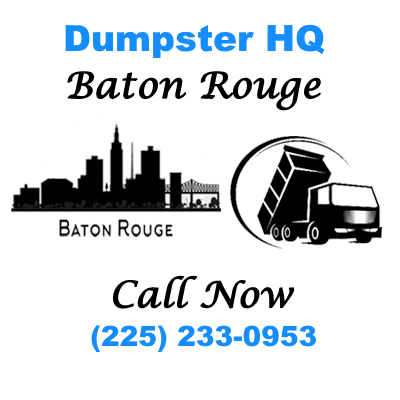Landfills In Louisiana
In fact, the Louisiana Landfills are a group of landfills that are buried in Louisiana. Since the beginning of the 20th century, trash has been thrown away at these dumps, which are now used to take proper care of household trash. Because of these landfills, these places have become great places for the spread of infectious diseases, the wrong way to get rid of trash, and the contamination of groundwater.
What is a landfill?
A landfill is a place where trash, garbage, and other trash are dumped. Most landfills are used to get rid of trash on land, but some dump trash in the ocean. Large trucks that haul trash to landfills are usually the ones to do this.
Most of the trash that goes into landfills comes from homes and businesses. When cities got bigger and garbage started to pile up in the streets, people started to use landfills. Some landfills are still open for business today, but most of them have closed and are now being used for other things.
How do landfills operate?
A landfill has a lifespan of 20 years on average. Trash can be stored in landfills for up to 500 years, but this estimate is unreliable because landfills are only meant to endure for 20. Large amounts of rubbish are disposed of in landfills while causing the least amount of environmental damage possible. The three most popular ways to dispose of waste are landfilling, burning, and recycling.
The most popular way to dispose of garbage is through landfills, which are also the main producer of methane gas, a significant greenhouse gas. First, everything that can be reused, repurposed, or composted is taken out of the dump. The landfill’s bottom will next be lined with compacted clay and plastic in the subsequent step. Utilising pipes to collect methane gas and lower the amount emitted into the atmosphere is the third phase.
In steps four and five, the rubbish is first covered with additional trash and then with soil. This stops disease from spreading and rubbish from being exposed to the air. The third most frequent cause of water contamination is landfills. Additionally, they are quite frequent causes of groundwater contamination.

Specific landfills in Louisiana
Acadia Parish Landfill
In order to dispose of solid waste, the Acadia Parish Landfill in Egan, Louisiana buries trash and garbage under layers of dirt or other cover materials. Both the Louisiana state environmental departments and the United States Environmental Protection Agency regulate sanitary landfills, waste dumps, and garbage dumps in Egan. Louisiana is also in charge of granting permission for garbage disposal facilities. The Acadia Parish Landfill’s layout, operations, and permitted waste sources are all governed by permitting regulations.
Baton Rouge City Landfill
The Baton Rouge City Landfill is in Zachary, Louisiana. It is a place where trash and garbage are buried under layers of soil or other materials. Sanitary Landfills, dump sites, and trash dumps in Zachary are controlled by both the EPA and the environmental departments of the state of Louisiana. Louisiana is also in charge of giving permits to places where trash can be thrown away. Permitting rules decide how the Baton Rouge City Landfill is built, how it works, and what kinds of trash county residents can throw away.
Jefferson Davis Parish Landfills
In Zachary, Louisiana, the Baton Rouge City Landfill burys rubbish and garbage under many feet of dirt and various coverings. Both the EPA and the state of Louisiana enforce rules regarding the cleanliness of landfills, dumps, and garbage dumps in the Zachary area. Trash dumps require permits, which are issued by the state of Louisiana. The layout, operations, and acceptable waste streams provided to county residents by the Baton Rouge City Landfill are all determined by permitting regulations.
How do these Louisiana dumps affect you?
Louisiana has most of the country’s trash dumps. In the state, there are about 2,600 landfills. Louisiana has the most trash dumps per person of any state in the US. These dumps give off methane gas, which is a greenhouse gas. It has an effect on global warming and how the weather changes. Leachate, which is a liquid that forms when a landfill is full of water, is another thing that landfills make.
This liquid could have cancer-causing heavy metals and chemicals in it. It can also make the water unsafe to drink in the area. When they come from landfills, both leachate and methane can hurt people’s health. If people breathed in the methane gas, it could hurt them. The gas can give you a headache, make it hard to breathe, and increase your risk to get asthma. Methane gas can also start a fire because it can catch on fire. The water in the ground can also change because of leachate. It’s likely that the water will get dirty, making it unsafe to drink. It can also kill plants close by.
Conclusion:
People need to know how to deal with trash. People should try to make less trash and recycle more. Every day, people make a lot of things that don’t get used up and can be reused or recycled. Everyone needs to learn how to recycle. The right way to run a landfill is very important. People’s homes and schools shouldn’t be close to garbage dumps. Should figure out how to protect them.
People should not put their trash in dumps but instead recycle it. The environment should be hurt less by dumps. The city government needs to take good care of garbage dumps. Less trash should be made, and more should be recycled. People have to realise how important it is to take care of trash.



